- Yongzheng proposed to make a drawstring fan, Emperor Qianlong ordered the making of a self-ringing clock with an automatic fan
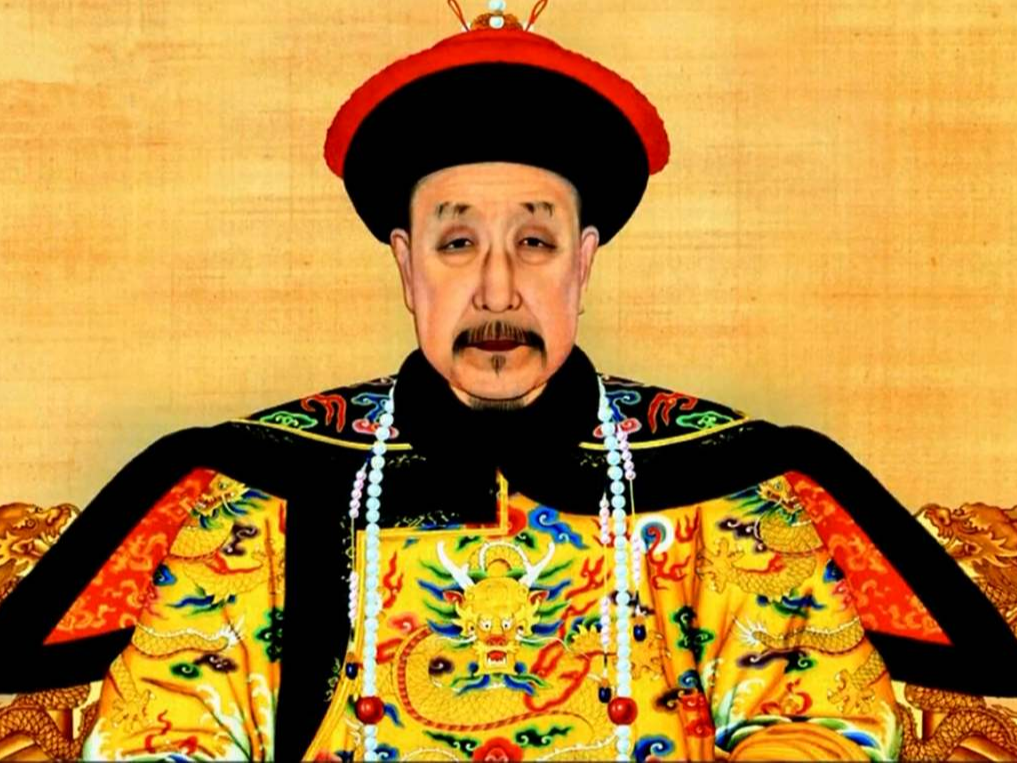
The Forbidden City, located in the center of Beijing, was the place where Ming and Qing emperors ruled and lived. In the hot summer, modern people often use air conditioners or electric fans to cool indoors. In ancient times, the level of productivity was relatively backward, and the main way for emperors in the Forbidden City to enjoy the cool indoors was hand-cranked fans. Because the wind generated by ordinary hand-cranked fans is small and labor intensive, some emperors hope to improve them and even personally guide the design of mechanized fans. Yongzheng and Qianlong are typical representatives.
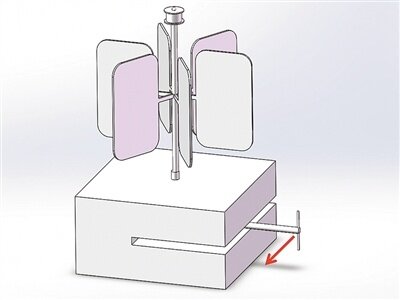
Schematic diagram of the fan "invented" by Yongzheng
The place where Emperor Yongzheng lived and worked daily was the Hall of Yangxin. The hot summer often made Yongzheng miserable. He believed that ordinary hand-cranked fans could not meet the indoor cooling needs, so he ordered the factory to make "mechanized" fans. According to the records of the "Miscellaneous Work" in the Second Year of Yongzheng (1724) in the archives of the Internal Affairs Office of the Qing Palace, Emperor Yongzheng ordered a fan to be made on May 25th. The fan is made of nanmu frame and iron core, on which six small feather fans are installed, but the use method is still manual. Compared with ordinary hand-cranked fans, the innovation of this fan is that when the handle of the fan is manually rotated, it can drive six fans to rotate at the same time, and the wind effect produced is better than that of ordinary fans. When the doctor Baode presented a finished fan, Emperor Yongzheng was not very satisfied, and ordered the fan to be improved, requiring a slight reduction in the height of the fan and replacing the small feather fan with a large feather fan. According to the analysis, Emperor Yongzheng sat in office, lowering the height of the fan to accept the cool breeze; the large feather fan produced more wind and had a better cooling effect.
On June 8th of the second year of Yongzheng, the manufacturing office presented the improved fan to Emperor Yongzheng. Yongzheng recognized the style of the fan, but thought that the service staff would sweat when turning the fan in the house and produce a bad smell, so he proposed the idea of making a drawstring fan, that is, adding a drawstring to the fan handle to maintain An opening is opened in the eaves wall (north wall) of the East Nuan Pavilion of the Heart Hall, and a draw rope extends outside the house along the opening. The service staff pulls the rope outside the house to drive the fan blades to rotate and generate wind. In order to prevent the north wind from blowing in from the entrance of the cave in winter, Yongzheng asked the construction office to make another wooden board to block the entrance of the cave in winter. On July 5th, the general manager Zhang Qilin came to the end and finished the rope-drawing fan. A total of two were made, one each in the East Nuan Pavilion and the Xi Nuan Pavilion in the Yangxin Hall. Yongzheng expressed satisfaction and began to use this fan. Although the rope-pulled fan "invented" by Yongzheng is still manually operated, the wind is generated by the rotation of the blades driven by the rope, and the number of blades is larger than that of ordinary hand-cranked fans, which produces relatively larger wind power and a wider cooling range.
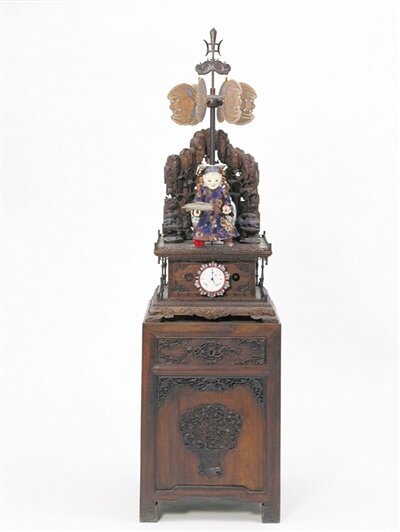
Mahogany figure fan clock made by the Office of the Ministry of Internal Affairs (Qianlong Qianlong)
Qianlong, the fourth son of Yongzheng, was very interested in automatic fans. According to the records of the “Self-ringing Bell” in the second year of Qianlong (1724) in the archives of the Interior Office of the Qing Palace, on June 13, Emperor Qianlong ordered the French Jesuit Sha Ruyu who served in the office to produce an “automatic fan” One of his self-ringing bells. 11 months later, the self-ringing bell with "automatic fan" was completed. The characteristic of the self-ringing clock is that a fan is installed on the upper part, and when the clock spring drives the internal gear to rotate, the traction device drives the fan to rotate, thereby making a mechanical fan a reality. The mahogany figure fan clock from the Qianlong period of the Qing Dynasty in the Palace Museum has similar characteristics. The clock is composed of three parts: the upper, middle and lower parts. The lower part is a box seat where items can be placed; the middle part is a clock, which can be driven to time by the rotation of the clockwork; the upper part is a boy holding a peach-shaped fan and a large fan standing behind the boy . When the clock moves, it drives the boy to wave the fan up and down, and drives the large fan to rotate horizontally, which can produce a better cooling effect in summer. There are several self-sounding bells with similar functions in the Palace Museum, most of which were made during the Qianlong period. This is closely related to Emperor Qianlong's support for innovation.
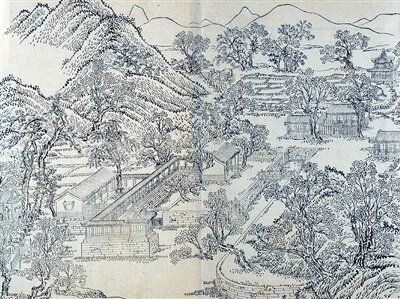
The Forty Scenery of Old Summer Palace-Mingse Mizuki
Emperor Qianlong also encouraged the use of mechanical power to make large fans. In the Qing Dynasty, the Shuimu Mingse Hall, the forty sceneries of the Old Summer Palace, was a place for the Qing emperor to escape the summer heat. The Shuimu Mingse Palace was first built in the fifth year of Yongzheng (1727) and was originally named "Gengzhixuan". Later, Qianlong personally guided and introduced Western water law to transform it into a fan room. In the ninth year of Qianlong (1744), the imperial poem "Shui Mu Ming Se · Tiao Ji Qiu Feng Qing" expressed that "the Thai water method was used to introduce the room into the room, and the fan was used to cool it, not silk or bamboo, and the sound of nature was remote." Feel. Here, the "Taixi Water Method" mainly refers to the spiral waterwheel invented by the ancient Greek scientist Archimedes, also known as the "dragon tail car". Its basic principle is to use the rotation of the internal shaft to drive the reverse rotation of the spiral blade. , And make the water continue to rise to provide the power for the fan to rotate; "Ling Ling" refers to the clear sound of water, and "Shu Se" refers to the slight sound of leaves in the forest when the wind blows. The use of flowing water to generate mechanical power makes the fans in the hall run automatically, which not only solves the problem of manpower consumption, but also the gurgling sound of water is accompanied by the cool breeze, creating an excellent summer escape.
It is not difficult to find that the fans "invented" by Yongzheng and his sons are obviously different in power from the hand-cranked fans of the time, reflecting the desire of the emperors of the Qing Dynasty to achieve better heat relief effects. Not only that, Emperor Qianlong encouraged the use of the more advanced technological means at the time in the production of fans, which to a certain extent played a positive role in the development of mechanical dynamics. Editor/He Yuting
Comment
 Praise
Praise
 Collect
Collect
 Comment
Comment
 Search
Search



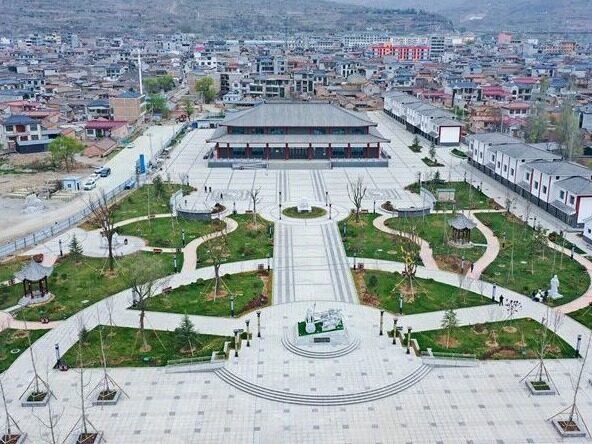


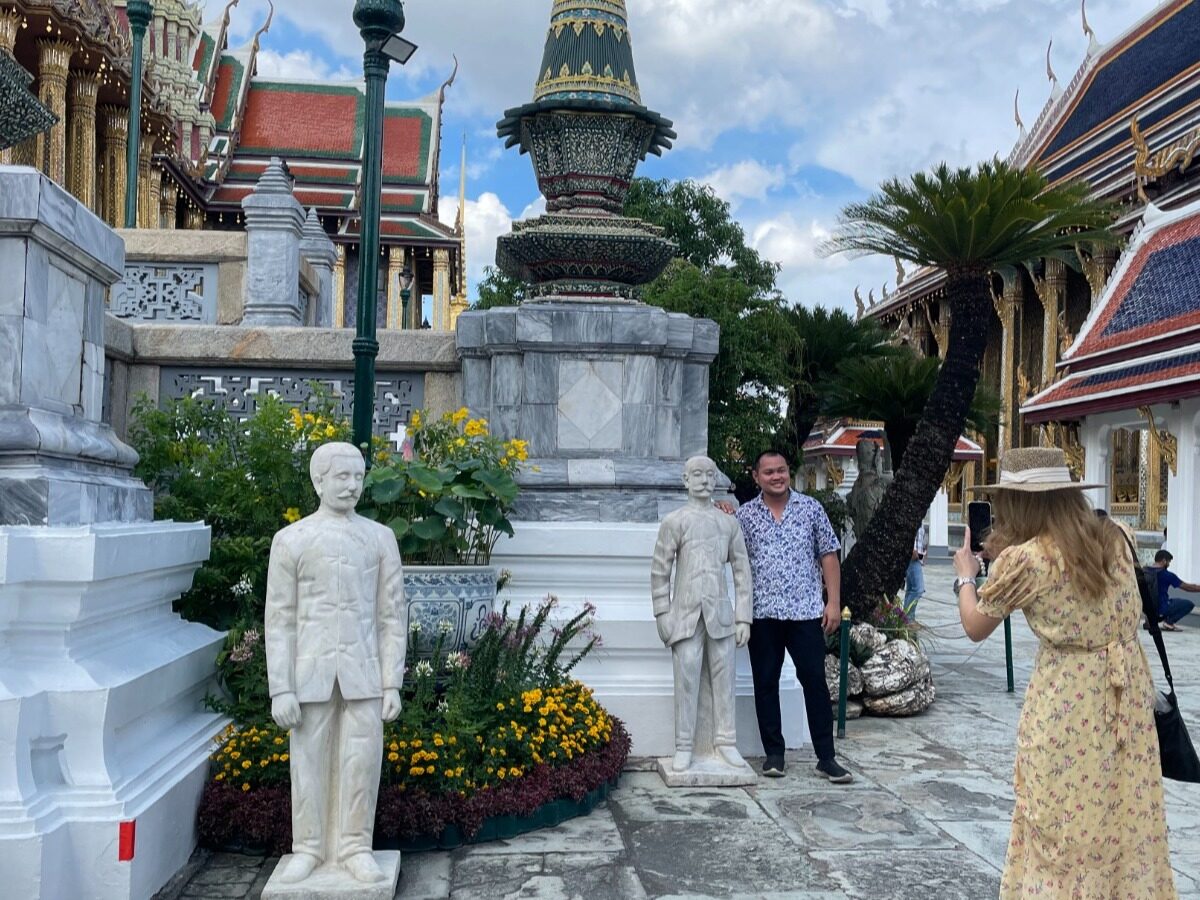







Write something~